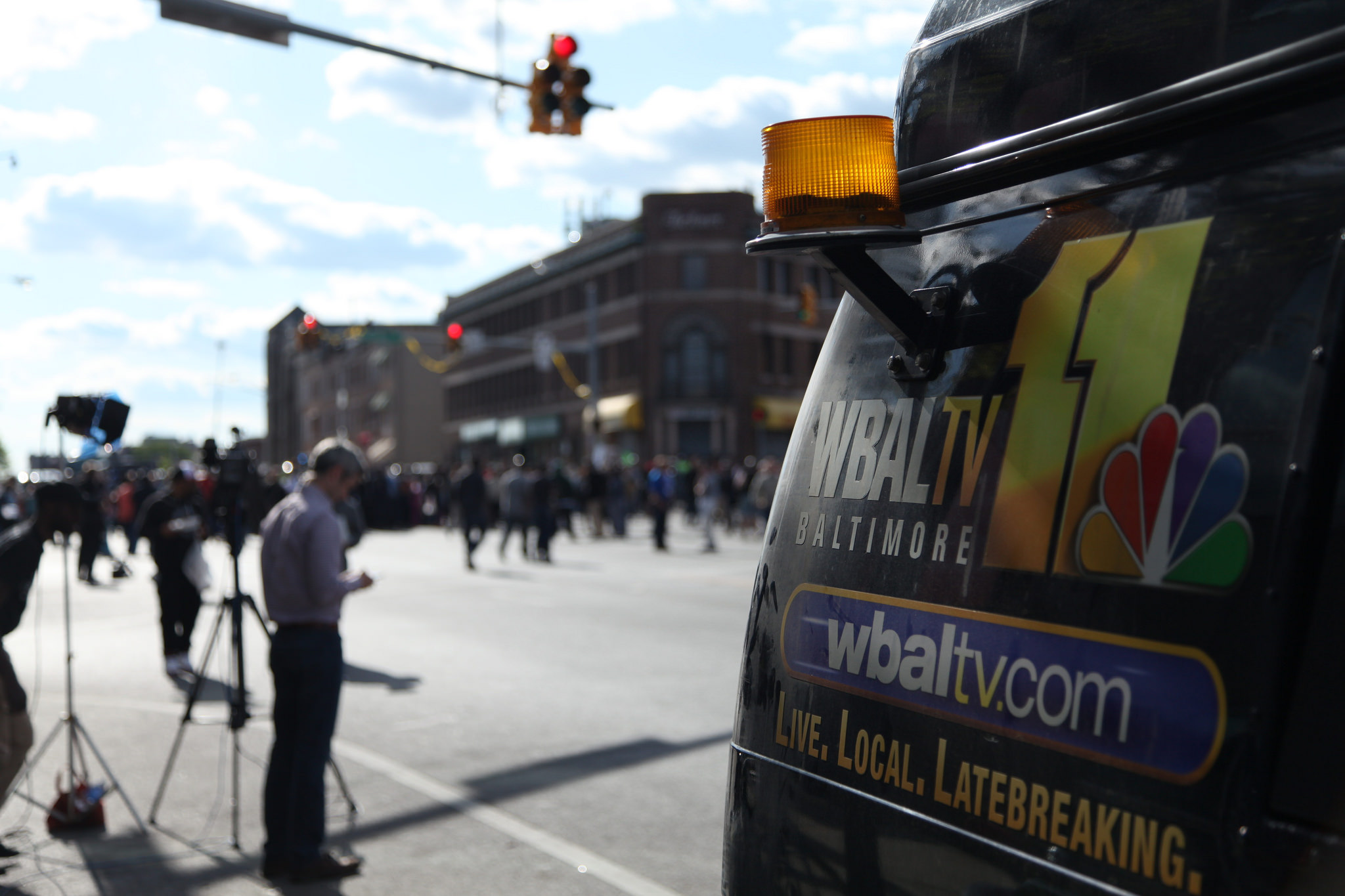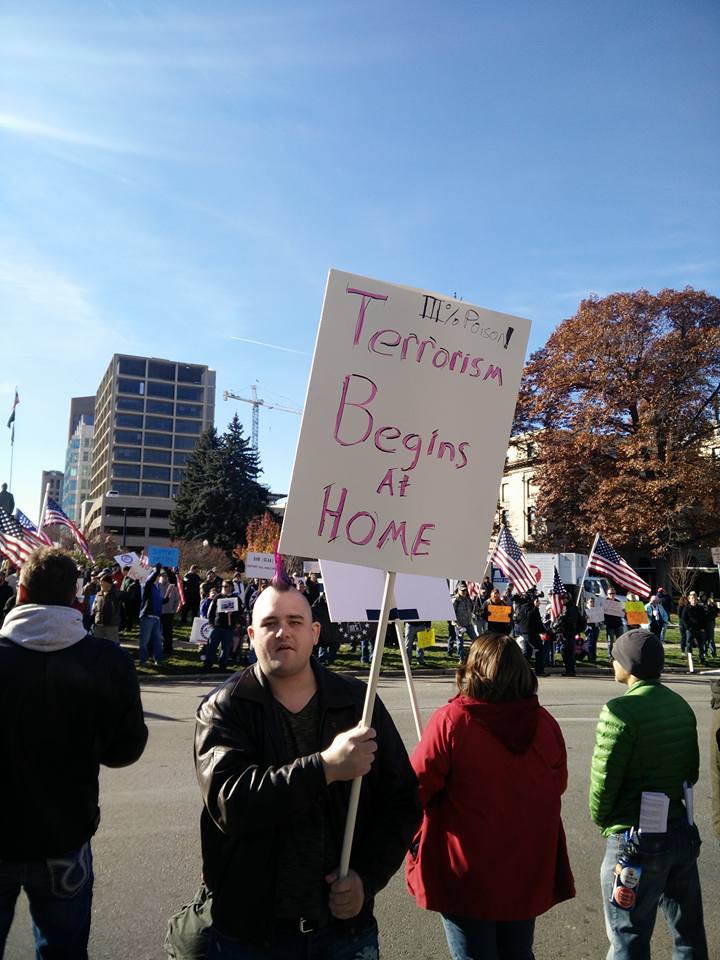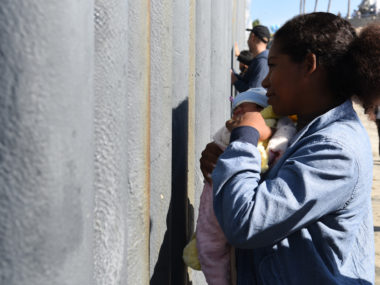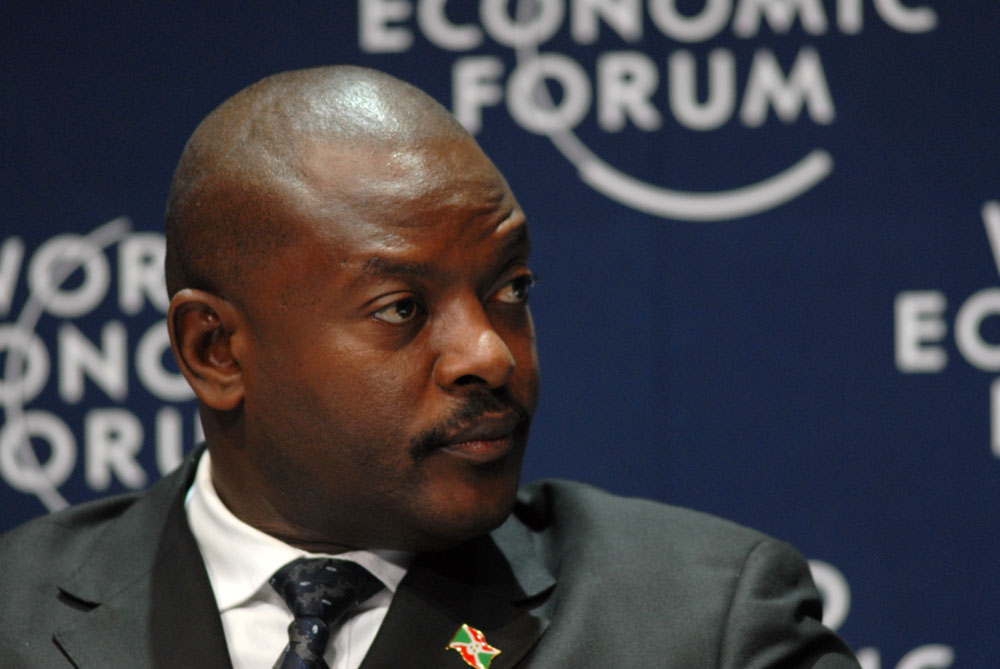Guest post by Jeffrey Ian Ross

The recent tragic death of Freddie Gray while in Baltimore police custody and the resultant police, political, activist, public, and news and social media reaction bears critical analysis.
Had it not been for the smart phone video footage, Grays ‘ death may have been swept under the carpet, and considered just another case of death by misadventure. But the footage served as an important catalyst for igniting and sustaining the resultant protests and riots, and ushered in a tsunami of worldwide news and social media reporting of diverse content.
In terms of a news story with a beginning, middle and end, the timing could not have been better. Shortly after the arrest and news of Grays’ death, loud voices and images of acts of discontent flooded our airways, television, computer, and smart phone screens. But it was not until Monday April 27 when this activity reached a crescendo, forcing Mayor Stephanie Rawlings-Blake to ask Governor Larry Hogan to call up the National Guard.
As the cable news network satellite trucks were arriving in Baltimore on Monday morning, tensions were high, and riots occurred on Monday afternoon and continued into the evening with looting and fires set to businesses. Between Tuesday and Thursday, the conflict played itself out on the streets, behind closed doors, and in the news and social media with scenes of protesters taunting the police dressed in riot gear, with shields and batons at the ready, challenging them to enforce the 10 pm curfew. On the morning of Friday May 1st, Marilyn Mosby, the state’s attorney, announced the charging of the six BPD officers involved in the arrest of Gray to the cheers of joyous crowds on the streets of Charm City.
By Saturday night, just in time for the Floyd Mayweather vs. Manny Pacquiao fight, and for Saturday Night Live to spoof the events of the week, and despite the curfew still being in force, the national cable news stations that had so vigorously reported the story, were no longer present, as if to suggest that the entire street conflict was resolved. Forty-eight hours after the Mosby announcement, the Sunday morning television news magazines dissected the events, and the New York Times’ “Week in Review,” published analytical pieces on the story.
As the hours and days passed, new developments and new themes emerged, the news media, their pundits, experts and sources seized upon the moment to generate new stories and new angles. Due to a constellation of factors, each had a different shelf live, and in some cases the reverberations are still being felt by the various stakeholders. These themes included questions regarding:
- Rawlings-Blake’s decision to enlist the help of gangs.
- Whether she was too slow to ask Hogan to send in the National Guard.
- The use of the word “thugs” to describe the protesters and those engaging in riots.
- Rawlings-Blake’s statement about giving the rioters space.
- The mom of the year.
- Why the rioters were destroying their own community.
- Why the riot was long overdue.
- The appropriateness of the curfew.
These stories and angles framed our understanding of what took place. Each night the protests and riots and the coverage that ensued became the fodder of comedians such as Jon Stewart and Larry Wilmore. Soon we heard chants from protesters for the news media to go home. CNN’s Wolf Blitzer and Fox’s Geraldo Rivera, news media stalwarts in these kinds of events, were singled out for incisive derision, and were seen as sensationalizing the story.
And then there was television producer David Simon, the creator of The Wire, who on his website posted a lament for the city he so successfully caricatured, allegedly staying up past 3 am on Monday night/Tuesday morning answering posts from followers and critics. Not to be outdone, the news media featured interviews with former Wire actors J. D. Williams (who played Bodie) and the New York Times published an op-ed by Sonja Sohn (who played Kima Greggs). When the news media gives voice to actors who play fictionalized characters in a television series set in Baltimore, something has gone incredibly wrong.
But now that the curfew has been lifted, and the police and city goes through its painful process of self-examination, the themes have morphed once again. Now people are talking about economic losses — but they’re not thinking about the money that will flow into town because this happened. Plus the numerous conspiracy theories? Some bloggers say this is a multi-year strategy to force local business out, to be replaced by national chains.
The biggest question however, can’t be answered by any reporter, source, pundit, or twitter post. It is not why the protests or the riots occurred, but why in the face of years of police use of excessive force has the Baltimore Police Department been relatively unscathed in its ability to sanction and/or fire its officers? This question cannot be answered in any sound bite, or twitter post by a friend of a friend of a friend. As with the prosecution of the six officers, this will take time and patience and thoughtful analysis to answer in a meaningful way that leads to real (not fictional) social change.
Jeffrey Ian Ross is a Professor in the School of Criminal Justice, College of Public Affairs, and a Research Fellow of the Center for International and Comparative Law, and the Schaefer Center for Public Policy at the University of Baltimore.






2 comments
When cops are found guilty in a court of law they are punished. Fortunately the court of public opinion does not have the power to punish.
I just wanted to say that I too have had my suspicions about the riots being allowed to happen. They all knew that things were going to go down (fliers being circulated in advance) and by “giving them room to destroy”( I think that was more than a Freudian slip by the way) they put the spotlight on Baltimore. For a week Baltimore was the center of the Universe. What kind of promotions/dollars do you think this event will bring to Baltimore? We’ve already seen nonprofits benefiting from this publicity through their “rebuild Baltimore” campaign.
I’m curious as to what businesses and government program will benefit from this event. Is the old adage: “there is no such thing as bad publicity” true in this case?